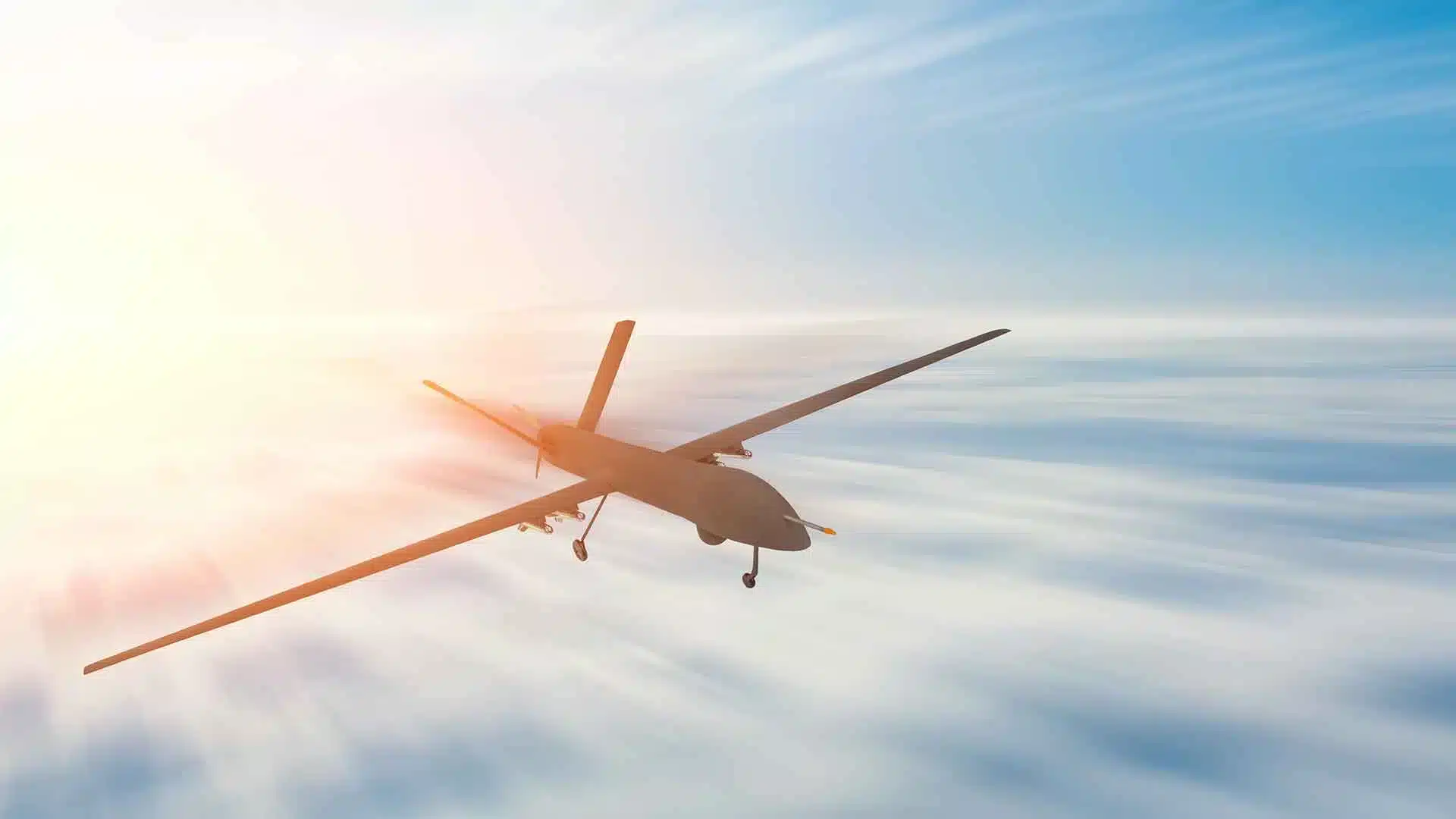The aerospace and defense industry enters 2025 in a position of steady growth, driven by three major forces: robust defense appropriations, sustained commercial demand, and accelerating digital transformation. For industry leaders, these dynamics are reshaping not only budgets and contracts but also the talent and strategies required to sustain long-term competitiveness.
Stable Defense Funding Anchors Growth
The U.S. defense budget for fiscal year 2025 is set at roughly $895 billion, a modest increase over 2024. Signed into law through the National Defense Authorization Act in December 2024, the budget reflects Washington’s continued commitment to modernization and security readiness. Funding priorities remain clear: investment in research and development, shipbuilding, and modernization, with particular emphasis on hypersonics, advanced munitions, autonomous systems, and space.
This stability gives aerospace and defense organizations the ability to plan with confidence, even as they adapt to shifting operational demands and evolving geopolitical pressures. It also underscores the continued blending of military and commercial innovation, with emerging technologies moving rapidly from the research stage into deployment.
Technology and Commercial Demand
On the technology front, R&D priorities are increasingly converging around advanced systems with the potential to redefine warfare and defense capabilities. Hypersonics and space assets, once limited to experimental programs, are now scaling toward real production and deployment. Autonomy and AI are equally central, not just as research areas but as practical tools shaping battlefield operations, manufacturing, and supply chain resilience.
Commercial aerospace continues to drive growth in parallel. Boeing and Airbus are working through order backlogs that stretch years into the future, creating sustained demand for U.S. suppliers. This opportunity is matched by significant pressure. Quality assurance, regulatory oversight, and production efficiency remain critical concerns, making digital engineering, model-based systems engineering, digital twins, and AI integration more important than ever for managing risk and maintaining schedules.
Regional Hubs of Expansion
Several U.S. regions are emerging as focal points for industry growth. Huntsville, Alabama—often called “Rocket City”—continues to expand as the U.S. Space Command headquarters relocates and missile and space programs accelerate. Florida’s Space Coast is adding both manufacturing and launch capacity, fueled by a mix of defense contractors and the commercial space ecosystem. In Arizona, Phoenix and Mesa are strengthening their positions with investments in advanced manufacturing and AI-driven defense technologies.
Ohio is also taking center stage. Near Columbus, Anduril Industries is constructing its massive “Arsenal 1” facility, a five-million-square-foot project expected to add more than 4,000 jobs and generate close to a billion dollars in capital investment over the next decade. Dayton, anchored by Wright-Patterson Air Force Base, remains another hub of Air Force research and logistics. Together, these regions highlight how aerospace and defense growth is not confined to traditional hubs but spread across diverse local economies.
Leadership and Workforce Demand
While funding and contracts shape headlines, the real bottleneck for the industry lies in talent. Growth is concentrated in leadership roles that merge technological expertise with operational discipline. Program and portfolio managers with Department of Defense acquisition backgrounds are in especially high demand, responsible for turning billion-dollar appropriations into measurable outcomes.
Business development executives are equally critical as competition for contract awards intensifies. Engineering leaders with expertise in systems architecture, digital engineering, and cybersecurity are now essential, not optional. Operations leaders—plant managers, supply chain executives, and quality directors—ensure that production networks remain resilient amid global supply chain complexity.
In short, growth is creating leadership challenges at every level of the industry, from technology development to program execution.
The Outlook for 2025–2026
Looking ahead, the trajectory of the industry appears clear. Space, hypersonics, autonomy, and advanced munitions will remain at the forefront of congressional funding and contractor investment. Digital transformation will continue to deepen, as AI and digital twins move beyond pilot programs to become central to sustainment and mission assurance.
Yet challenges remain. A wave of retirements among senior technical leaders threatens to create gaps in institutional knowledge and leadership pipelines. At the same time, the ongoing recovery of commercial aviation will keep supply chains under pressure, raising the bar for operational efficiency and governance. For organizations navigating this landscape, talent development and succession planning are becoming as critical as technological innovation.
Strategic Perspective
The aerospace and defense industry is entering a period of steady, but uneven, growth. Regions with specialized infrastructure and clearance capacities will capture the lion’s share of new investment, while leadership roles in program management, engineering, and cybersecurity will be decisive in determining which organizations thrive.
For senior executives and boards, the key takeaway is that financial stability and technological innovation alone are not enough. Growth will increasingly depend on aligning talent strategies with industry realities, building leadership pipelines, and preparing organizations to deliver consistently in an environment where expectations continue to rise.












